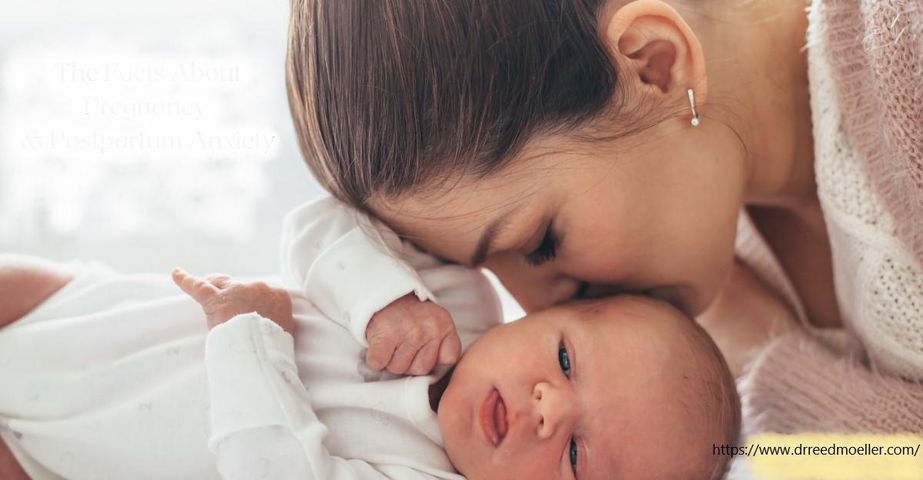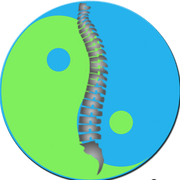Should I get adjusted after I have my baby?

Now that your body is no longer holding the newly growing life within the womb, it must begin to regain its normal positioning and start to function as mother instead of ‘mother-to-be.’ This may sound simple enough, however, the joints, muscles, tendons, ligaments, and spinal functions may not always pop back just quite as quickly as may be desired.
You’ve just carried your beautiful bundle of joy around for nine months, and your body has gone through a lot of changes in order to accomplish this feat. In particular, a hormone called Relaxin was in your system prior to delivery, allowing the ligaments to become more lax in order for you to have a successful delivery.
Following childbirth, that hormone will leave your system and your spine and pelvis will no longer be in good alignment. As the ligaments return to their normal elasticity, your pelvis will become less likely to return to its normal alignment.
Assuming that everything will snap back just as quick as a rubber band would be nice. Subject to the elements of nature and human function, this often just does not happen in the exact manner that we may plan to experience. As a fetus grows, the uterus must expand to accommodate the rapidly growing new life. This affects not only the womb area but the surrounding abdominal muscles.
Weakened abdominal muscles contribute to an overall change in posture as the pregnancy continues. While a woman’s entire body may drastically change during pregnancy, most of the change in weight occurs in the central portion of the mother’s body. This dramatically uneven distribution increases the risk for lower back pain. Rapid physical changes in the body bring increased work to the muscles in the woman’s body.
The process of birth, for most women, causes the mother to use muscles that may not otherwise be used every day. Recovery times will vary depending on the situation surrounding each pregnancy and birth experience. It may take weeks or months for the muscles and joints to begin to regain their prior level of strength and comfort.
Over the next few months, you’ll have sleepless nights and be reaching into the crib over and over again, putting more strain on your back muscles and your pelvis. If you jump back into exercise (especially running), you’ll notice that your body just doesn’t move like it did prior to pregnancy.
That’s where a proper spinal alignment from your chiropractor can be so helpful. Most patients wait a couple of weeks following delivery before venturing out of the home. It’s around this time that we do our first postpartum checkup and adjustments. (We can check your newborn too – it just takes a couple of minutes!)
Depending on how much chiropractic care you had prior to your pregnancy, you may need a couple of adjustments to get back up to speed. I’ve found that patients that have been under regular chiropractic care pick right up where we left off. Those patients that just had a couple of adjustments to help with back pain and sciatica during pregnancy will need more care to get back to feeling normal again.
You will notice the difference and your ability to get back to your normal routine (as much as possible with a newborn) may very well depend on it!
The answer to “Should I get adjusted after I have my baby?” is a clear and definite, “Without a doubt.” In this case, I think it’s even more important to get adjusted after you have your baby than almost any other time. Additionally, it is a great time to get your new baby’s spine checked to set them up for proper alignment right away!
About the Business
Have a question? Ask the experts!
Send your question

